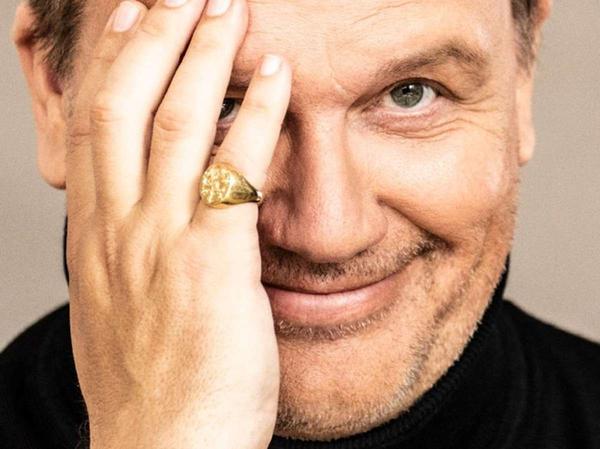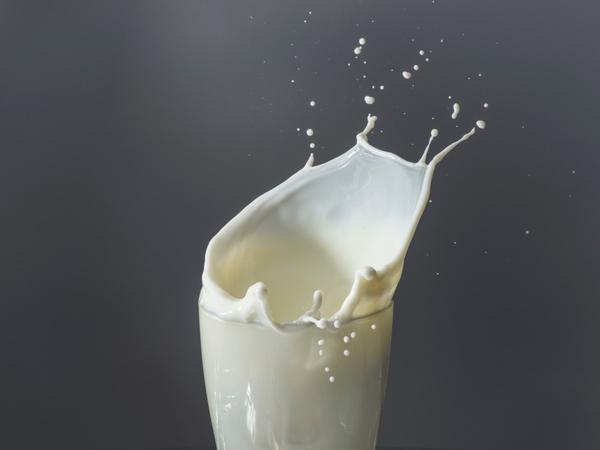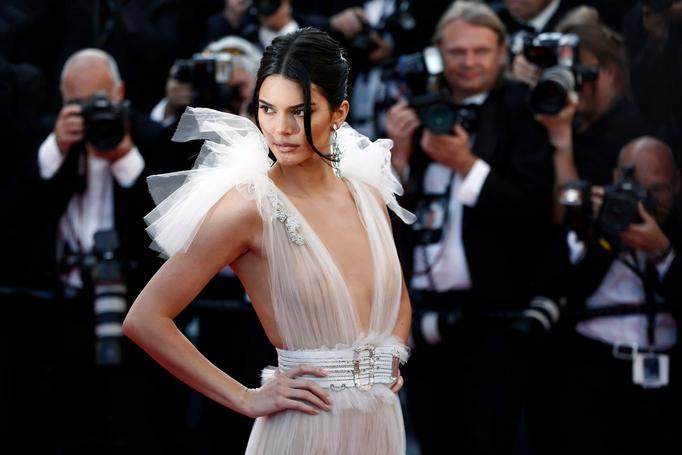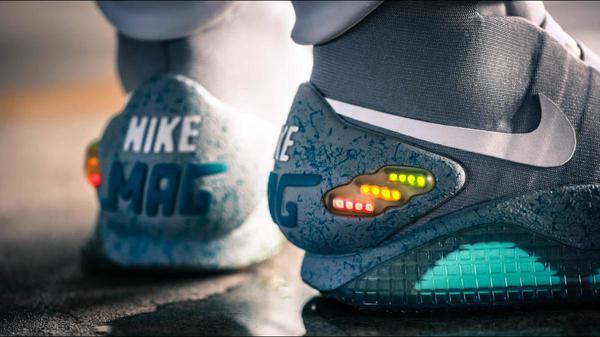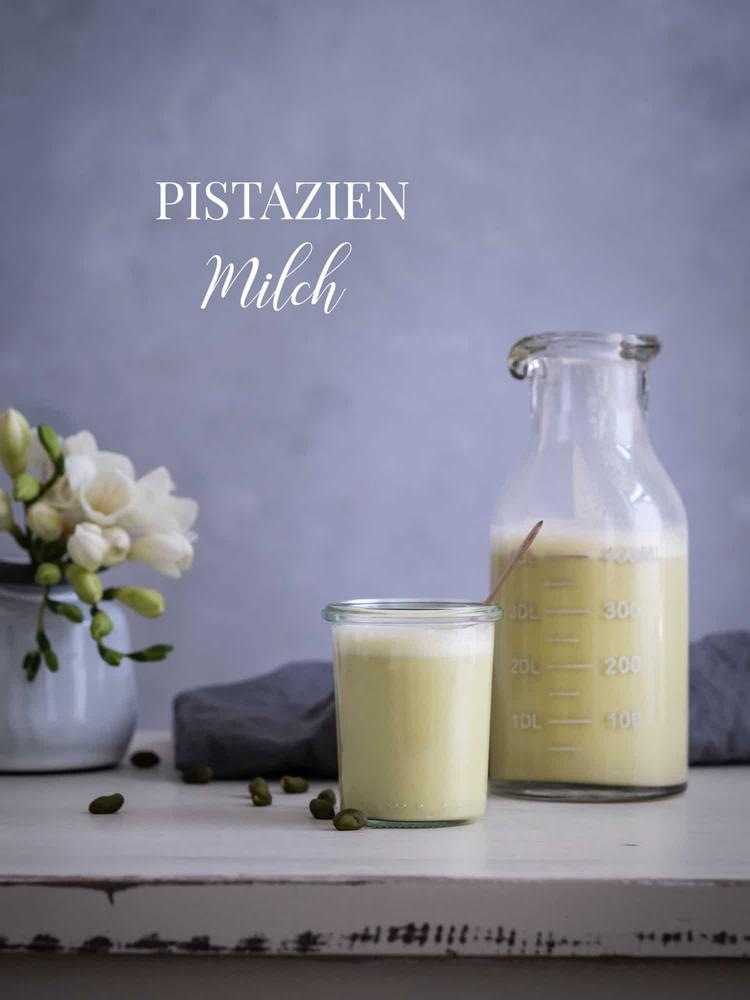
Sachsenring. A name that still sounds euphonious in motorsport circles is that of Freddie Spencer. Although his heyday in motorcycle racing was in the mid-1980s, at a time when East German racing fans had to do without the world elite, even in Brno in the Czech Republic. Nevertheless, they were well informed about what was happening at the World Cup and thus about Freddie Spencer's successes. The then wonder boy from the United States won the half-litre world championship in 1983 at the age of 21. Two years later he became a double world champion after dominating the 250cc and 500cc classes. So it was all the nicer when the three-time world champion paid his respects as a star guest at the Zschorlau Triangular Race (2011) and the ADAC Sachsenring Classic (2016, 2017, 2018) as part of classic events. Today is his 60th birthday.
Spent childhood on bikes
Frederick Burdette Spencer was born on December 20, 1961 in Shreveport, Louisiana. He has been racing since he was six years old, inherited from his father, Freddie Spencer Sr. His older brother Danny was also affected by the racing bacillus. While racing karts, little Freddie was the first to get a mini motorcycle, a Briggs & Stratton. Even as a child he competed in around 100 races a year. Dirt track (dirty slope) was the magic word back then in the USA, which is a mixture of motocross and speedway. Here you learn to steer with the sideways rear wheel and still have constant propulsion, a skill that Freddie Spencer possessed early on and later perfected like no other with the actually untameable 500cc beasts. In terms of motorcycle control despite wild slides, the prodigy set new accents in the then and only true premier class. His weight shift on the bike and his choice of lines were both unusual and incredible at the same time. So in the training sessions he not only looked for the ideal line, but with a view to the races above all the unusual lines, since you have to leave the blocked ideal line in order to overtake an opponent. He benefited from his many years of experience in dirt track driving, in which you drive several short races and you always have to adapt to the constantly changing track conditions within a very short time.
Rapid rise
Freddie Spencer was a humble, rather withdrawn, devout Southerner who was a pro-like racer as early as 1972. He won 83 of 90 races that year, becoming state champions in Texas, Oklahoma, Arkansas, Mississippi and Louisiana. In 1974, the racing infection finally broke out when, at the age of twelve, he attended a real race as a spectator for the first time, the 200-mile race in Daytona. A certain Giacomo Agostini won then. By the age of 16, he was already a professional racer and first met tech guru Erv Kanemoto, a Japanese-American, and won the AMA Novice title straight away. In 1979 he won the AMA Lightweight Championship (250cc) while racing whatever was thrown at him. It doesn't matter whether it's the delicate 250cc racing machine, the heavy four-stroke sports bikes Ducati 900 SS and Kawasaki KZ 1000 with factory support, or the super-fast Yamaha TZ 750. In autumn of the same year he then became part of the Honda family and was hired as Mike Baldwin's successor . For 1980 he finally signed a works contract with Honda Japan. However, Honda did not have a competitive bike for the American Formula 1 motorcycle racing series and allowed it to contest the prestigious season opener at Daytona, where the racing worlds of Europe and America met, with a Yamaha TZ 750 prepared by Erv Kanemoto. With "King" Kenny Roberts, then a two-time 500cc World Champion, falling out, Honda ace Spencer on a Yamaha rushed for victory but also retired, certainly not to Honda's dismay.
At Easter 1980 he was part of the US team alongside Kenny Roberts and Randy Mamola in what was then the highly acclaimed six-race Anglo-American mini-racing series in Great Britain. Barry Sheene, Ron Haslam and New Zealander Graeme Crosby faced the Americans. At Brands Hatch, Freddie Spencer won both races and at Mallory Park he was second and third. At Oulton Park he crashed in the second race after finishing second in the first. He had given his business card anyway.
Back in the USA, Freddie Spencer then drove in the domestic championship, but unfortunately the Honda four-cylinder was not competitive, so that in the end he only finished third behind Wes Cooley and Eddie Lawson. Also in 1980 he made his Grand Prix debut on a Yamaha TZ 500 in Zolder, Belgium, but failed. For 1981, Honda offered him a title chase in various classes in the US AMA Championship. Freddie decided to give the GP circus a little more time and agreed. On the dirt track, he was hopelessly inferior to the powerful Harley-Davidson with the NS 750, and he wasn't really competitive on the superbikes and in the Formula 1 class either, although he was able to set a few warning signs.
Also in the Grand Prix quickly at the top
In 1982 he finally broke onto the Grand Prix scene with Honda and their new NS 500 V3, Honda's first two-stroke racer. In the Belgian Spa-Francorchamps he celebrated his first Grand Prix victory, benefiting from Kenny Roberts rear tire burst. It was also the first GP victory for Honda since Ralph Bryans in 1967 in Fisco, Japan, in the 250 class in general and in the half-liter class since Mike Hailwood in the same year in Mosport, Canada. After that, the world's largest motorcycle manufacturer withdrew from motorcycle racing for many years. While Freddie Spencer, who was just 20 years old, was very competitive right from the start, he also won the San Marino Grand Prix in Mugello two months later, one could only say that about his motorcycle with reservations. Five failures is a lot, but not abnormal for an ambitious new project. In addition, the Honda NS 500 V3 was an unusual but very innovative bike with its 90-degree V3 engine and short wheelbase. What was initially lacking in engine power, Freddie was able to make up for in part with good handling. Only the stability was still lacking. But even that should get the Honda technicians under control. In addition, there were two injuries suffered by Freddie Spencer, which would keep him busy for years to come. In Assen he fell in the rain and broke his thumb, which was diagnosed later. However, he decided against a sensible operation. At the finale in Hockenheim, he fell while fighting for victory with Randy Mamola and touched Franco Uncini, who was already the world champion. He broke his collarbone for the first time. He had lost second place in the end, but third place in his first full GP season was also impressive.
Youngest 500cc World Champion
The following year, 1983, Honda came up with the improved MK2 version of the NS 500. The Japanese also left no stone unturned this time. In some cases, their entourage included up to 60 people. He fought a duel at eye level with the now three-time world champion Kenny Roberts. No other driver could hold a candle to the two, let alone win a Grand Prix. In the end it was six to six after victories, with Freddie Spencer being able to use his tactics in the last race of the season and save two points behind his arch-rival by finishing second and thus winning his first world title. At the age of 21 he became the youngest world champion in history in the 500cc class. In 1984 he suffered a few setbacks with the brand new Honda NSR 500 V4. For example, he did not start at the start of the season after a crash in training as a result of a broken wheel rim. He also fell during the transatlantic series at Easter in Great Britain, breaking bones in his foot. He had to skip some World Championship races like this. He also fell to the ground in a race in Laguna Seca that was not part of the World Championship and broke his collarbone again, which he had already maltreated in Hockenheim. In between, he kept coming back to the Continental Circus and then mostly won, which ultimately brought him at least fourth place parallel to this in the 250cc class. It wasn't originally planned, but Spencer, who has meanwhile been dubbed "Fast Freddie" in Europe, took a liking to the Honda RS 250 RW at the pre-season race and throughout the season. The quarter-litre class was even harder fought than the 500 class, as it was not uncommon for a dozen drivers capable of winning to start here. In the early years until the mid-1970s, double starts were not uncommon, and there were even three races a day. He achieved 14 victories, seven in each class, including four double victories, in the new Rothmans livery and was double world champion in the end. The season ended badly, however, as he sustained another serious thumb injury in a non-World Championship race in Japan.
Farewell in installments
From then on his time of suffering began and he was never the same again. At the start of the 1986 season in Jarama, Spain, he gave up while he was in the lead and sat out the rest of the season with tendinitis (chronic tendinitis) in his right wrist. In 1987 he wanted to attack again, but bad luck stayed with him. Before the actual start of the season, a competitor fell in front of him in Daytona, Freddie also fell to the ground and broke his collarbone and shoulder blade, which had never healed properly. During his comeback attempt at Hockenheim, he injured his knee through his own knee protection and dropped out again. A seventh place in Anderstorp was the only count for him that year. In 1989 he was once again part of a top team (Agostini Marlboro Yamaha), but nothing was left of his former glory. A fifth place in Jerez, Spain, was his best result of the season. In the end he was ranked 16th in the World Championship. After an interlude in the USA, he made another shaky comeback attempt in the 1993 World Championship with a hardly competitive ROC Yamaha, which, however, also failed unduly. In addition to running, Freddie Spencer worked as a real estate speculator in the 1980s and made a small fortune in the process. But his wife, a former Miss Louisiana, got through this with her gambling addiction, so that Freddie Spencer was on the brink of ruin. Later and meanwhile his life is back on track. He ran a riding school at home, toured Europe as a star guest at classic events and even jumped back into the saddle of dirt track machines. "Back to the roots" so to speak. Since 2019, Freddie Spencer has been working regularly at MotoGP as a race steward in race control.

